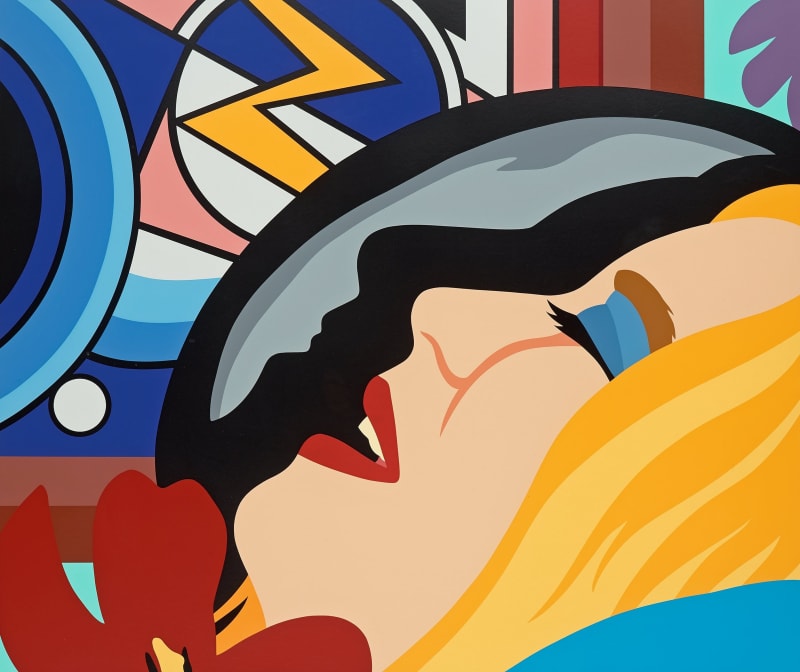Tom Wesselmann's artistic journey began in Cincinnati, Ohio, on February 23, 1931. He embarked on his academic pursuits at Hiram College in Ohio from 1945 to 1951, initially studying before delving into psychology at Cincinnati University. However, the call to serve in the Korean War interrupted his path, leading him to military service. Dissatisfied with the situation, he found solace in drawing cartoons, igniting his artistic spark.
Resuming his studies in 1954, Wesselmann delved into art academia while attending Cooper Union School for Arts and Architecture in New York in 1956. To sustain himself, he honed his skills as a cartoonist for various publications while teaching at a high school in Brooklyn. His artistic evolution began with a series of small-scale collages in the late fifties, which laid the foundation for his acclaimed series, "Great American Nudes" and "Still Life," in larger formats.
By 1960, these collages flourished into his first nude depictions, marking his debut solo exhibition at the Tanager Gallery in 1961. His participation in the "New Realists" group exhibition at the Sidney Janis Gallery in 1962 launched his international career, marked by numerous exhibitions. His marriage to Claire Selley, his girlfriend and fellow student, in 1963, marked a significant personal and artistic milestone. She became his muse, influencing his art, notably the "Bathtub Collages."
Throughout the sixties, Wesselmann explored various series, including "Bedroom Paintings," "Seascapes," and "Smokers," which spanned into the early 1980s. In 1980, under the pseudonym Slim Stealingworth, he penned a treatise detailing his artistic journey. The introduction of "Metal Works" in 1983 became the focal point of his artistic interest, derived from his drawings and sketches.
A testament to his impact, a comprehensive retrospective at the Kunsthalle in Tübingen in 1994 celebrated his artistic legacy. Wesselmann's legacy resonates in his choice of mundane yet monumental motifs, their reduction to stereotypes, vivid colors, and sexual emblematic, establishing him as a co-founder of American Pop Art in the 1960s.
Wesselmann's artistic odyssey concluded with his passing in New York on December 17, 2004, leaving behind a profound and enduring influence on the world of contemporary art.

